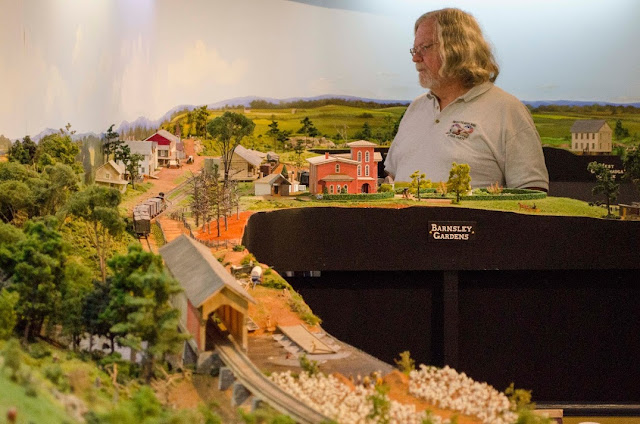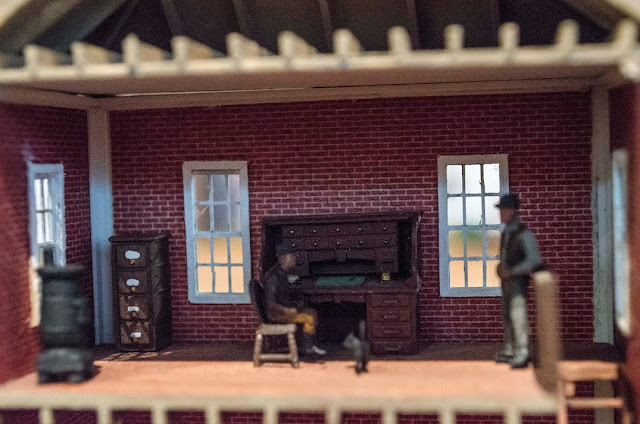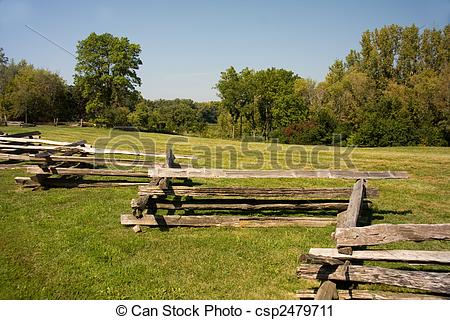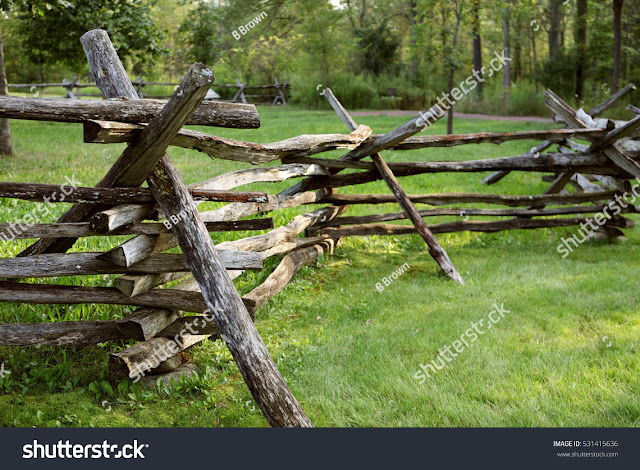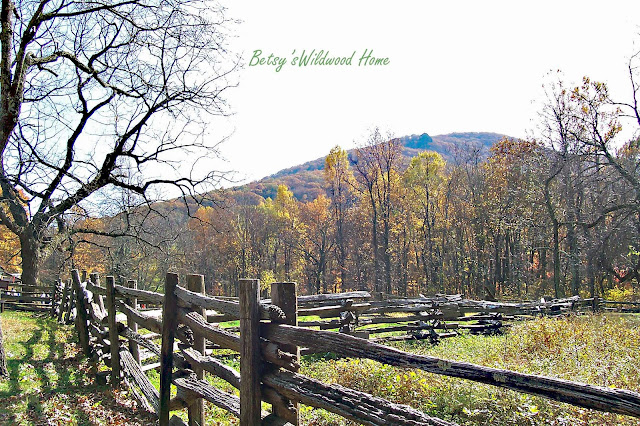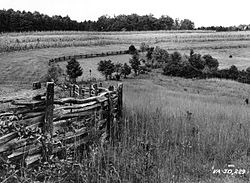The roof was constructed with 2 sub-sections of .010 sealed with Ambroid ProWeld. The finished roof is 4 sections of Evergreen V Groove #4250 also sealed with ProWeld. My initial attempt, disaster, JB Weld was used which, after a couple of days, separated and was easily pulled apart. These photos are the 2nd attempt; as of today the roof is holding tight!
A distinct construction aspect of this roof is that you can see the seems running across the roof as well as a gutter.
This is the key reason for choosing the V Groove styrene. To model the seems, which on the actual structure were soldered. I used Evergreen part #111 to model the seems. Testers liquid cement was used to attach these into the V groove slots.
Here is the new roof completed including the gutter which is three layers of Evergreen part 102 off-set to mimic the photo. Next is to add about 80 corbels. The "final" phase is the cupola with approximately 32 windows, 64 louvers and 100 corbels.



